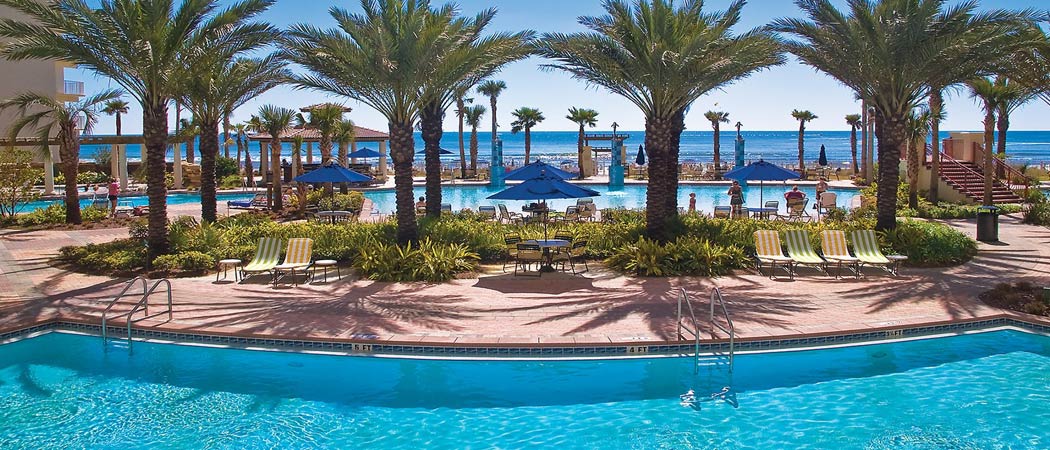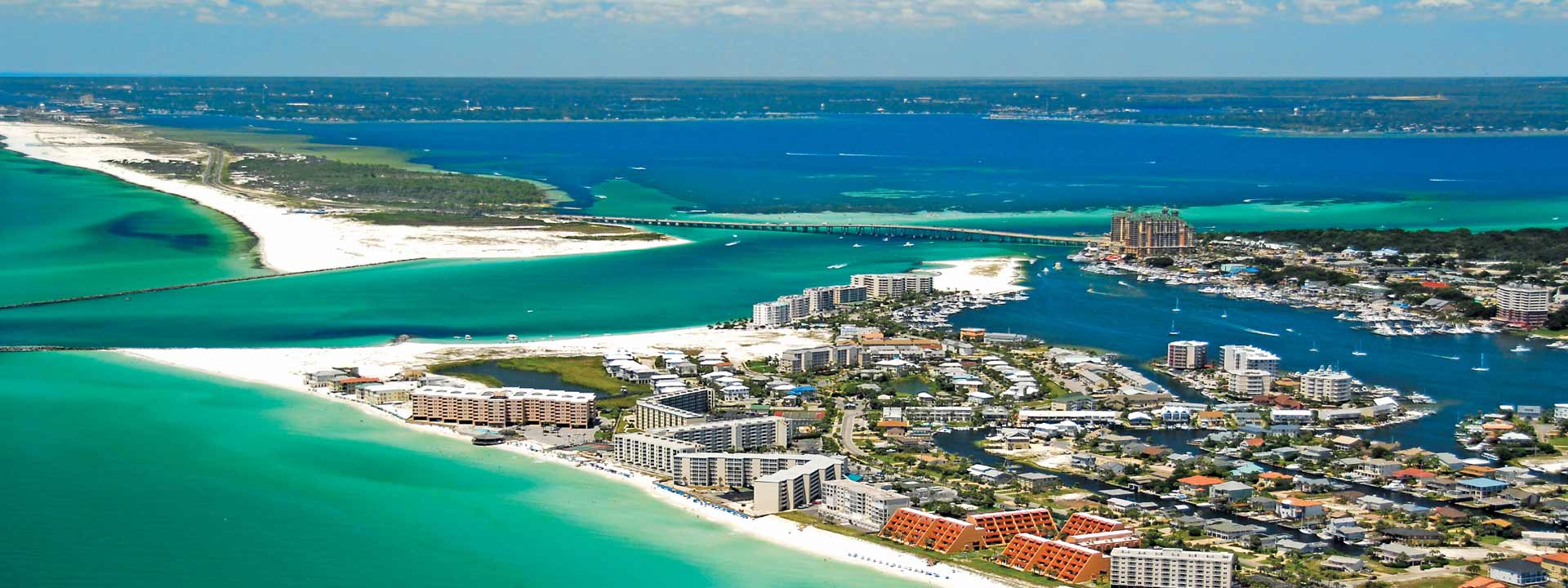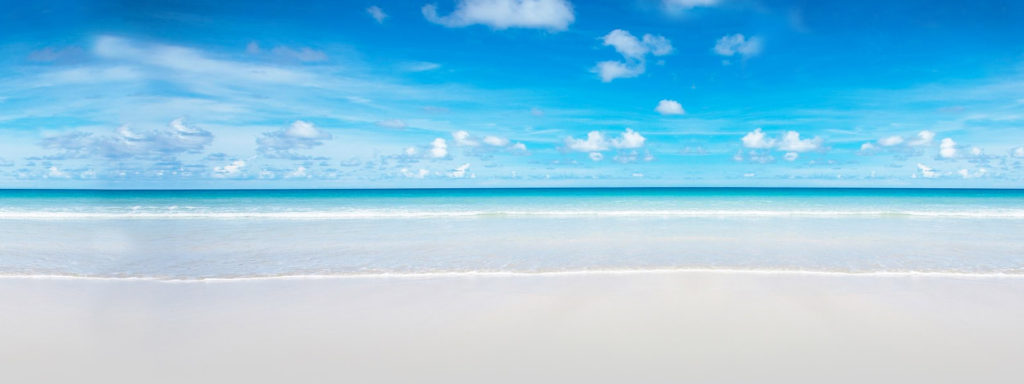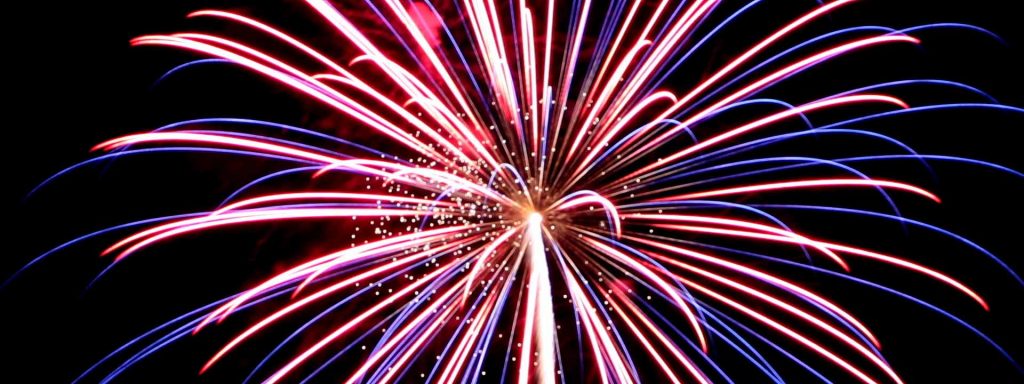What Makes the Emerald Coast Green?
If you ever search for the most beautiful beaches in the world, you will stumble upon the Florida Gulf Coast; specifically, the Florida panhandle stretching along a part of the Gulf of Mexico, often called the Emerald Coast. Cities such as Panama City, Destin, Fort Walton, Pensacola and the unincorporated hidden towns in-between boast the most white and beautiful Florida Coast beaches.
As soon as you arrive and take in the incredible majesty of the eye-catching emerald green waters and sparkly white sand, you will come to understand why it’s labeled the “Emerald Coast.” This part of Florida, with vibrant water mostly seen in magazines or TV, harbors a 100-mile stretch where you’ll find amazing turquoise to emerald green waters for your eyes to behold.
The Emerald Coast is actually an unofficial name. According to the Daily News, the term Emerald Coast was coined in 1983 by a junior high school student, Andrew Dier, who won $50 in a contest for a new area slogan.

The main question asked by visitors is, “What makes the water of the Emerald Coast so green?” Well, there are a few attributes that contribute to its luminescent, unique green appearance. Let’s start with why we can see the color so well to begin with. It’s because the sand is among the whitest and cleanest in the world. Quartz erosion from the Appalachians traveled to the Gulf of Mexico via the Apalachicola River. Due to the long traveling distance, along with years of wave action, the white rock particles broke down to make the sugary white, soft sand that is visible and enjoyed today. This white sand is the catalyst to WHY we see the emerald green hue so well as the sun reflects off of the quartz sand bottom of the gulf.
Location, location, location. The sand is sugary white, but also the water that encompasses the Emerald Coast is cleaner and clearer because there are no rivers that feed directly into it. The bays and harbors separating the emerald coast from any river, such as the Mississippi River, create a barrier from muddy run offs and allow for more inflow of the clean salt-rich water from the Gulf of Mexico. As you draw closer to the Emerald Coast beaches, the water is more lucid and vibrantly pure, thereby allowing the sun to reflect off the white sand and illuminate the emerald green color.
While the sand is bright white and the water is crystal clear, the main attribute that creates the green color is natural chlorophyll emanating from microscopic plankton or algae, which is also found all over the world, but not often seen. The combination of the sun reflecting off the white sandy bottom and the water’s algae density depicts the shade of green you’re going to experience. No fear though, this is a cleansing, beneficial algae and contributes to the already clean waters.
A most breathtaking example is the view from the Destin Harbor overlooking East Pass. Many say the Destin Harbor and an area called Crab Island are the heart or core of the Emerald Coast. Here all attributes seem to align and you see the awe-inspiring and varying luminescent hues of the Emerald Coast. The range of color can change due to the conditions of weather, time of year or the concentrations of algae present. If there is less algae, the water will be a more blue-ish aquamarine tint. But if weather gets rough and the water churns and blends, you might see a much darker green color.
Now you know why the Emerald Coast is a beautiful, magical green color. You can experience it in a variety of beautiful accommodations and with fun activities to do on Florida’s Gulf Coast beaches. Condo-World can get you right on the beach by the emerald green waters and sugar white sand in three different locations, from Destin condos to 30A beach cottages and Panama City Beach condos.





